In many countries, conversations about children’s well-being tend to focus on what happens inside school walls—curriculum, achievement, test scores, or learning loss. But what about the hours before school starts, after school ends, or the precious time between homework and bedtime? What about the space where culture, creativity, sport, friendship, and identity take shape?
Around the world, this “leisure time” is too often treated as an afterthought. But in Finland, it’s a national priority. And now, for the first time, the Finnish Model for Leisure Activities (Harrastamisen Suomen malli) has been introduced in a peer-reviewed, English-language journal article, opening the door for global audiences to learn about one of the most ambitious youth initiatives in Europe.
My new open-access article—Those Finns Are on to Something: Introducing the Finnish Model for Leisure Activities—co-authored with Professor Eeva Anttila, outlines the origins, structure, and potential of this rapidly growing model. The publication stems from my Fulbright Finland research in 2023–2024, during which I visited municipalities across the country, spoke with coordinators and instructors, and observed the model firsthand. What I found is a powerful national effort grounded in one simple idea: every child deserves access to meaningful, enjoyable leisure activities—free of charge and driven by their own interests.
What Is the Finnish Model for Leisure Activities?
The model offers free, weekly, interest-based hobbies to all children in grades 1–9. These activities—ranging from music, art, and theater to parkour, coding, esports, gymnastics, fishing, small-engine repair, or anything else young people request—occur before or after school and are designed based on student voice.
That last element is not symbolic. Municipalities are required to survey children about what activities they want, and funding from the Ministry of Education and Culture depends on acting on those responses. In 2024 alone, more than 122,000 students completed the national hobby survey, selecting from over 85 possible activities.
Because the model is funded publicly and delivered locally, participation costs nothing for families. This is particularly important in a world where youth hobbies are often prohibitively expensive, dominated by pay-to-play sports, or require transportation that many parents cannot easily provide.
In just a few years, the reach of the Finnish Model has expanded dramatically:
90% of municipalities currently participate
Over 11,000 hobby groups operate weekly
Approximately 143,000 children participate—about one quarter of all 1st–9th graders in the country
More than 2,000 schools host activities right where children already are
This makes the model one of Finland’s largest national youth initiatives.
Why Does Leisure Time Matter?
A growing body of research shows that structured, enjoyable, well-designed out-of-school programs support:
socioemotional development
sense of belonging
academic resilience
healthy identity formation
reduced dropout risk
long-term educational and social outcomes
Studies from Finland, Denmark, the U.S., and elsewhere confirm that consistent participation with skilled instructors leads to long-lasting benefits—often most pronounced among marginalized youth. In fact, youth who are disengaged from school or society cost Finland an estimated €1.2 million per person over their lifetime. Investing in meaningful leisure activities is not only morally right; it is economically strategic.
How Is This Different from the Icelandic Model of Prevention?
Many people may be familiar with the Icelandic Model, which successfully reduced youth alcohol and tobacco use through strict curfews, strong parental engagement, and leisure cards that help families pay for organized activities.
The Finnish Model, however, is fundamentally different:
It is not a prevention model; it is a youth rights and well-being model.
It does not mandate curfews or behavioral controls.
It places student voice—not parental oversight—at the center.
Funding flows to municipalities, not families.
Both models are valuable, but they aim at different outcomes.
Why Publish This Now?
Despite its scale, the Finnish Model has been largely invisible in the English-language research community. Until now, only brief reports or policy summaries existed. Our article serves as the first comprehensive introduction, providing:
historical context
connections to UNCRC Articles 31, 12, and 5
policy origins in Finnish legislation and arts education
comparisons to other global models
a call for rigorous research moving forward
As the model continues to expand, there is a pressing need to understand how children from immigrant backgrounds, rural areas, multilingual homes, or marginalized communities experience these opportunities.
An Invitation to Learn More
If you're interested in youth development, out-of-school time, physical activity, arts education, or child rights policy, this model offers rich insights and a hopeful path forward. I’m truly excited to share this work more widely and to invite collaboration, discussion, and future research.
📖 The article is open access and available here:
https://doi.org/10.1080/00313831.2025.2587955
Let’s keep exploring how we can build a world where every young person has access to activities that bring joy, meaning, and belonging. Finland is showing what’s possible. And I am happy to be involved in sharing the message. I am currently working on a book proposal about this from my research in Finland in 2025. Stay tuned!
This blog post was written with the assistance of AI to support clarity and accessibility. It is intended to help disseminate and discuss research findings with a broader audience. However, for the most accurate and reliable information—including conclusions and practical applications—please refer to the original peer-reviewed publication on which this blog is based. The peer-reviewed article remains the most authoritative source.
Marttinen, R., & Anttila, E. (2025). Those Finns are on to something: introducing the Finnish model for leisure activities. Scandinavian Journal of Educational Research, 1–11. https://doi.org/10.1080/00313831.2025.2587955

